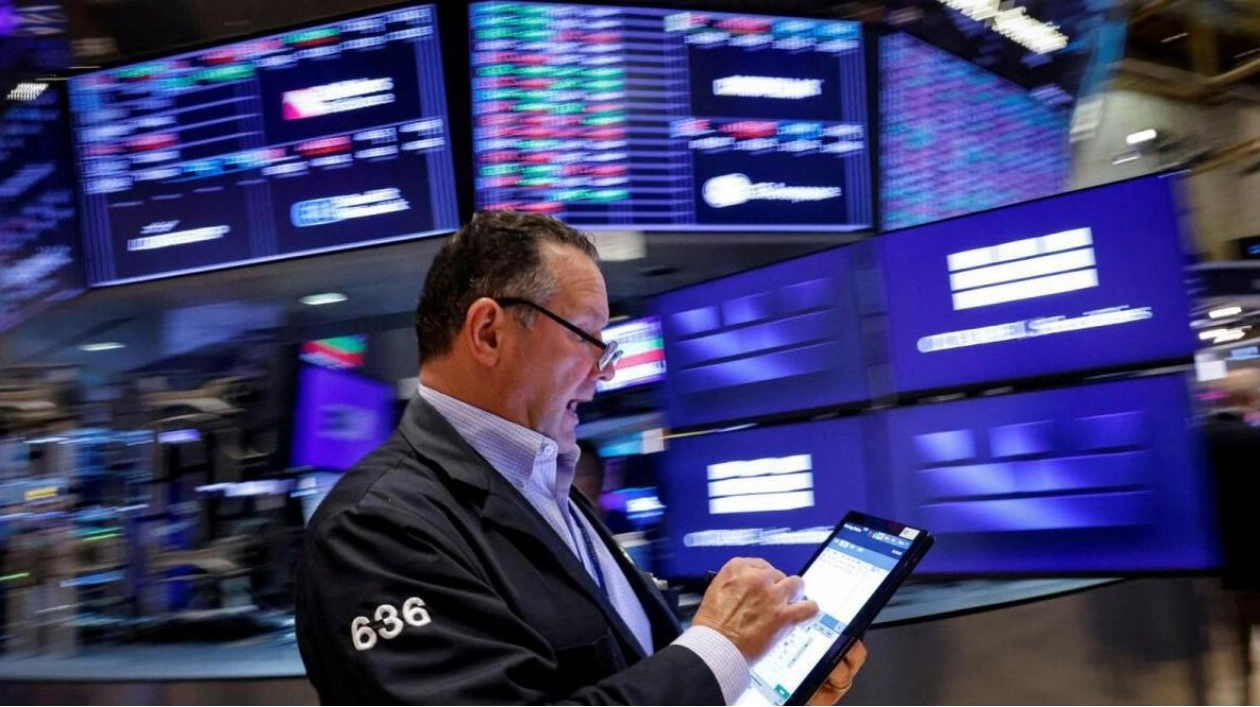Global shares experienced a slight increase on Thursday, overcoming investor dissatisfaction with artificial intelligence leader Nvidia's financial performance, as oil prices recovered from two days of declines, aided by disruptions in Libyan supply. Major Wall Street indices were on the rise, with the Dow Jones Industrial Average climbing 0.64% to 41,353.44, the S&P 500 advancing 0.72% to 5,632.22, and the Nasdaq Composite rising 1.07% to 17,744.52. European stock markets also rose by 0.75%, reaching a new high driven by technology stocks. MSCI's global stock index increased by 0.28% to 829.66.
Nvidia exceeded analyst expectations on Wednesday, reporting second-quarter revenue of $30 billion and forecasting third-quarter revenue at $32.5 billion. However, these results did not meet the high investor expectations that had fueled a significant surge in Nvidia shares and propelled the company to become a key driver of the S&P 500 benchmark. The stock subsequently fell by 3.3%.
Mark Malek, chief investment officer at SiebertNXT in New York, commented, "Interestingly, Nvidia performed as well as, if not better than, anyone expected. They crushed the numbers. But in today's market, expectations are everything, and people were hoping for something spectacular." The U.S. economy expanded at a 3.0% annualized rate last quarter, according to the Commerce Department, suggesting that the Federal Reserve might have the leeway to start reducing interest rates in September.
The yield on the benchmark U.S. 10-year notes increased by 2.6 basis points to 3.867%. Market expectations are fully aligned with a rate cut of at least 25 basis points during the Fed's September meeting, although the likelihood of a 50 basis points cut dropped to 34.5% following the release of economic data, according to CME's FedWatch Tool. Investors are also closely monitoring the personal consumption expenditure price index, the Fed's preferred measure of inflation, which is due for release on Friday.
Malek added, "The economy is performing slightly better than anticipated. If you analyze the figures, you'll see that it's the resilient consumer who continues to spend, which is very positive for the economy." Following the GDP data, the U.S. dollar strengthened. The dollar index, which compares the greenback against a basket of currencies including the yen and the euro, rose by 0.52% to 101.53, with the euro falling by 0.53% to $1.1061. Gold prices continued to rise, nearing another record high, with spot gold increasing by 0.51% to $2,514.89 an ounce and U.S. gold futures gaining 0.63% to $2,518.30 an ounce.
Oil prices saw a modest increase as concerns about Libyan supply helped to counterbalance a smaller-than-expected reduction in U.S. crude inventories, which had dampened demand expectations. Brent crude futures rose by 2.15% to $80.34 a barrel, while U.S. West Texas Intermediate crude futures also increased by 2.15% to $76.39.






